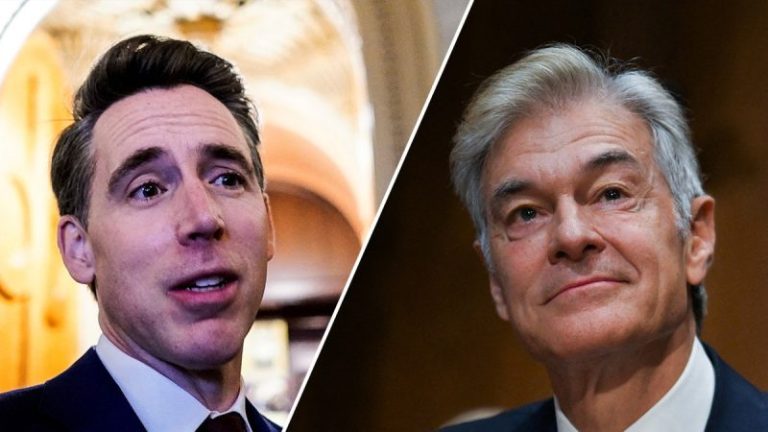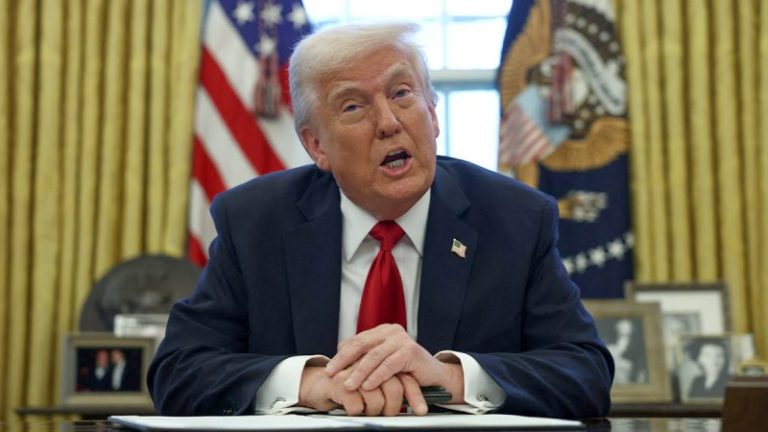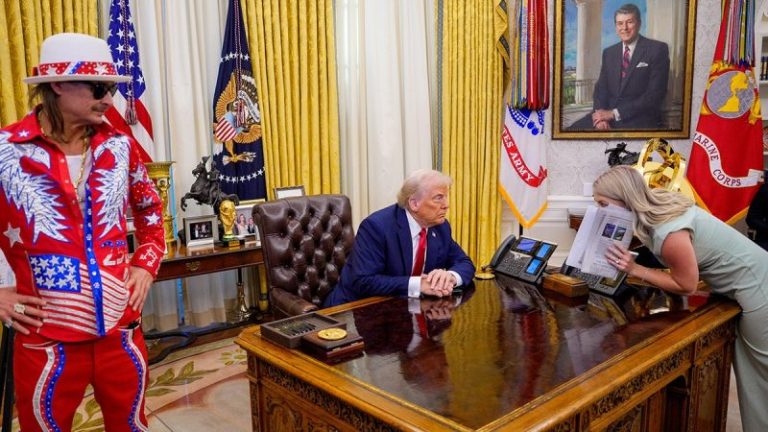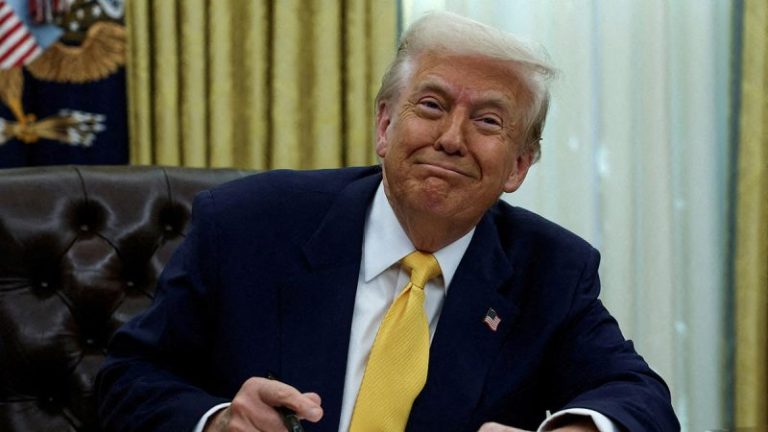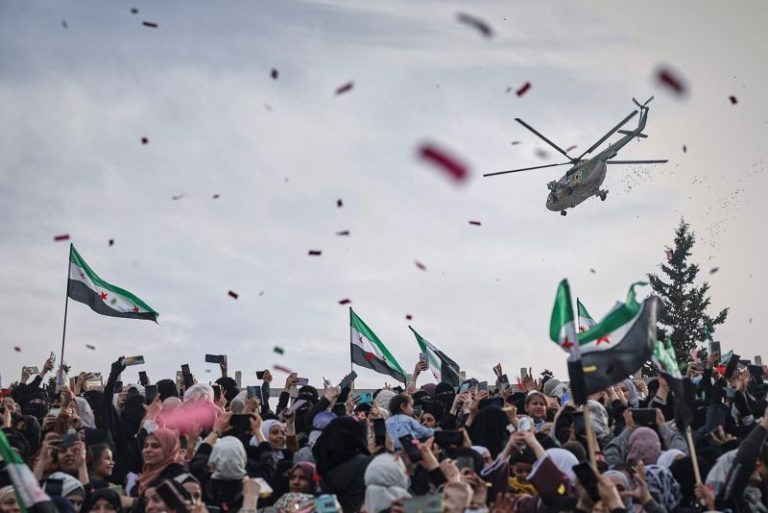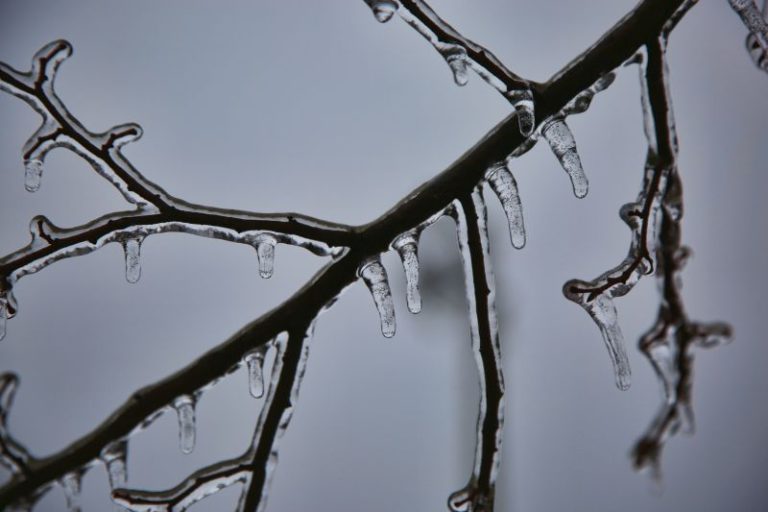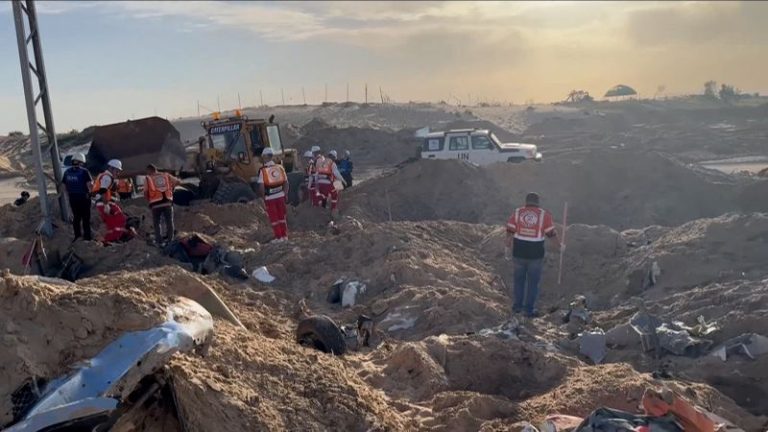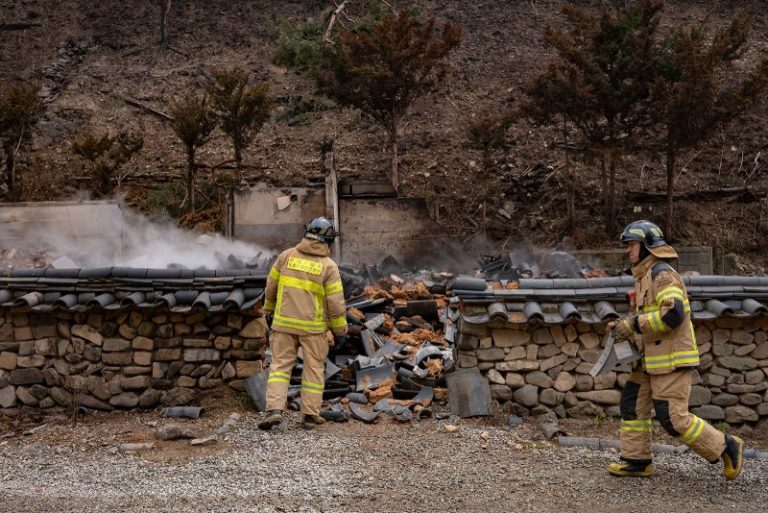: Sen. Josh Hawley, R-Mo., will vote to confirm President Donald Trump’s Centers for Medicare & Medicaid Services (CMS) nominee, Dr. Mehmet Oz, after securing commitments from him regarding transgender treatments for minors and abortion.
‘On this basis, I will vote to confirm him. Now that I am confident that he has moved away from his previous positions, and he’s moved into alignment with the president, I feel comfortable voting for him,’ he told Fox News Digital in an exclusive interview on Monday.
The senator revealed that Oz responded to his inquiries and disavowed his past stances on transgender treatments for minors and abortion in a series of posts on X earlier in the day.
‘Dr. Oz has responded to my questions re: past support for trans treatments for minors & his criticism of right to life. Oz now disavows his previous support for trans surgeries & drugs for minor children. He pledges to ‘end chemical and surgical mutilation of children,’’ Hawley wrote on X on Monday.
‘He also walks back past criticism of state pro-life laws, says he supports the Dobbs decision, and is ‘unequivocally pro-life.’ He vows to enforce conscience protections, end the abuse of [the Emergency Medical Treatment & Labor Act], and work to end funding for abortion providers,’ he continued.
‘This was really a big shift of position for him,’ he explained, adding that he was ‘delighted’ by Oz’s responses.
‘When it comes to the [transgender] issue and the life issue, those are non-negotiable for me, just as I believe they are for the president,’ the Missouri Republican explained. ‘I want to know that these people are 100% clear.’
‘Every member of the Trump administration is working from the same playbook, President Trump’s playbook, to restore commonsense policies and put an end to left-wing ideological nonsense afflicting our government,’ White House spokesman Kush Desai told Fox News Digital in a statement. ‘We look forward to the Senate’s swift confirmation of Dr. Oz so he can join the rest of our all-star team at HHS working to Make America Healthy Again by restoring common sense, transparency, and confidence in our healthcare apparatus.’
Earlier in the month, Hawley sent Oz a list of questions, specifically probing him on those issues. As of last week, Hawley said the nominee hadn’t responded, which the senator called ‘strange.’
Oz previously used his television show as a platform for people who supported and promoted transgender treatments, particularly for minors. Specifically, he hosted two transgender children on his show in 2010 in a segment titled, ‘Transgender Kids: Too Young to Decide?’
He also expressed concerns about state laws to limit abortion during a 2019 interview on the popular radio show ‘The Breakfast Club.’
It’s ‘a hard issue for everybody,’ he said at the time.
And while on ‘a personal level,’ Oz didn’t like abortion, he also believed he should not ‘interfere with everyone else’s stuff,’ he said.
Oz also opposed government jurisdiction on the subject of abortion when he ran for Senate in Pennsylvania as a Republican in 2022.
‘I don’t want the federal government involved with that at all,’ he claimed during a debate with now-Sen. John Fetterman, D-Pa. ‘I want women, doctors, local political leaders, letting the democracy that’s always allowed our nation to thrive, to put the best ideas forward, so states can decide for themselves.’
Hawley’s commitments from Oz are just the latest he’s received from Trump nominees as he considers them for confirmation. He previously got assurances from now-Health and Human Services (HHS) Secretary Robert F. Kennedy Jr. on the same issues.
When it came to now-leader of the Food and Drug Administration (FDA) Dr. Marty Makary, Hawley led a successful campaign to secure the resignation of a top lawyer with the FDA who previously argued in favor of abortion pill access in a high-profile case while in former President Joe Biden’s Department of Justice (DOJ).
‘I just view my role for those I have to vote on — I want to know that these people are going to align with the president,’ Hawley said, noting that he believes Trump has ‘moved really fast [and] really strong’ on the issues.

